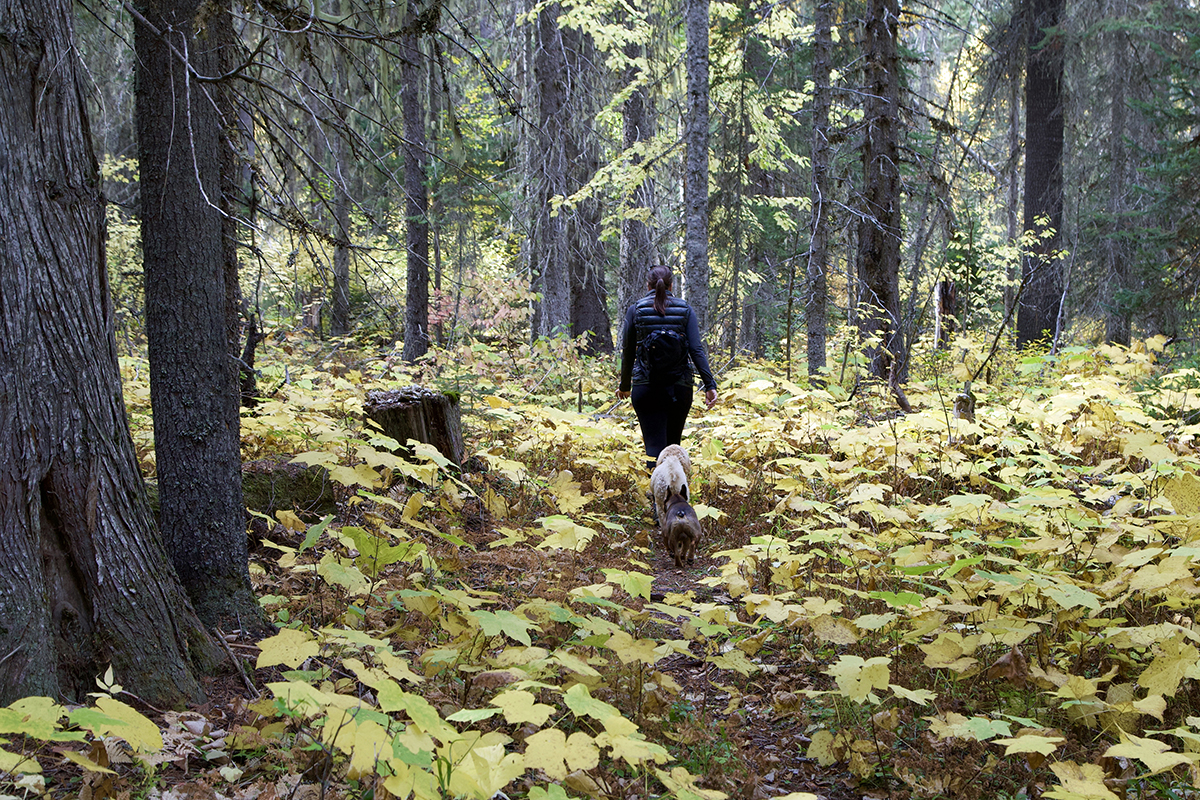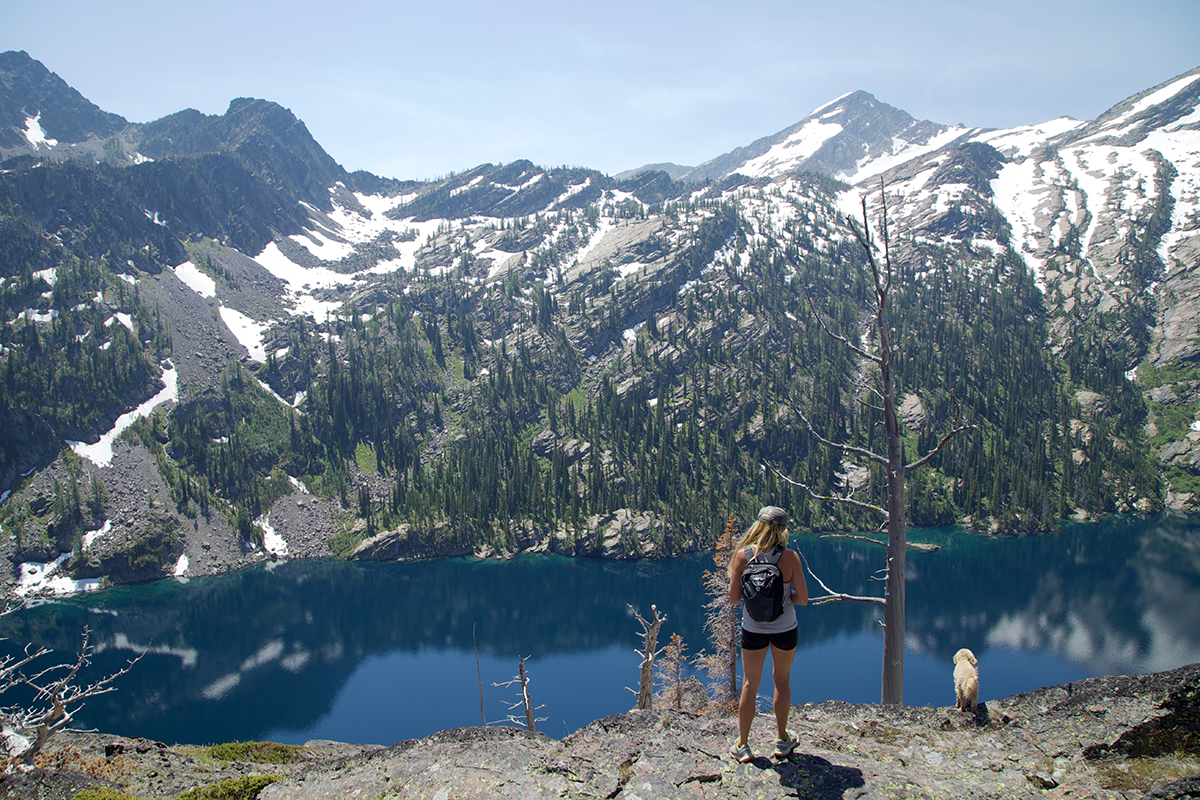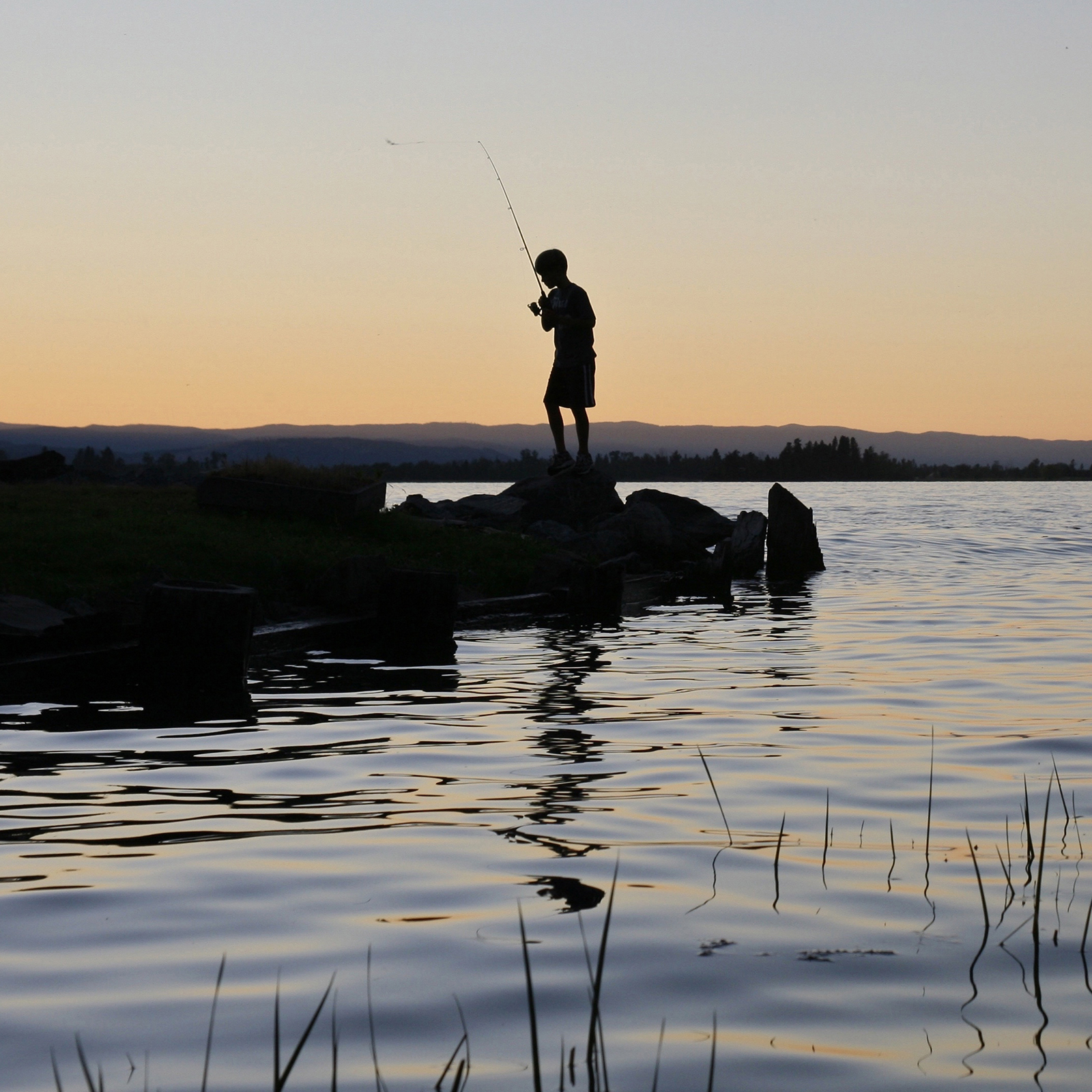“Just go outside and play.”
In 2020, this advice was not just for kids anymore.
As the mysterious and ominous novel coronavirus swept the globe, there was a sense that the world would never be the same, or in the words of a song by rock band R.E.M., “it’s the end of the world as we know it.” Vacations were cancelled, along with sports, music and other events. The ripple turned into a wave as people were forced to live far differently, with an emphasis on social distancing, masking, hand washing and avoiding closed spaces to prevent the spread of the virus.
What was the most obvious alternative to staying cooped up in the house or apartment? Head outside.
Public-health experts advised people to choose outdoor activities where it was easy to stay at least six feet apart. People from near and far decided this was the year to visit national and state parks, which are abundant in Montana and offer a plethora of recreational options, including camping, hiking, picnicking, biking, boating, ATV-ing, horseback riding, swimming, fishing, rafting, hunting and skiing.

This outdoor recreation trend wasn’t obvious in yearly Glacier National Park numbers, as overall attendance in 2020 was down by 40% compared to the more than 3 million visitors logged in 2019. This was due to closures of the park’s east-side entrances and Going-to-the Sun Road past Rising Sun, following a Blackfeet Tribal Business Council resolution that restricted non-essential travel on the reservation. Visitor centers were also closed, hotel lobbies were open only to guests and bus and boat tours were canceled. In addition, the entire park was closed for nearly three months from late March to early June.
But as the pandemic persisted, people sought outlets for outdoor activities in large numbers, and the park saw record visitation in later months — up 63% in October, 46% in November and 86% in December.
Glacier Park closures most likely contributed to higher usage on other public lands. Montana State Parks saw record visitation, up 29.5% in spite of a temporary closure and reduced school trips and group activities. The Flathead National Forest reported that outdoor activity increased significantly in 2020.
A Flathead National Forest spokesperson said that even though the forest didn’t have statistics for much of the use, officials observed campgrounds that were busier and used later in the season, dispersed camping in places never seen before, increased cabin rentals, packed trailheads and parking lots, busier boat launches and outfitters and guides maxing out their permitted days.
Despite stay-at-home orders and a mandated quarantine for out-of-state visitors early in the year, Montana State Parks recorded 3.4 million visitors in 2020 throughout the system’s 55 state parks. There were nearly one million visitors for the first time in Region 1, which encompasses the northwestern corner of the state, a 29.6% increase from 2019. It was also the only region that saw increased visitation at all of its state parks. Flathead Lake State Park, which includes six units, was the most visited state park with 471,690 visits, up 32.9% from 2019. Lake Mary Ronan saw the largest visitation increase in Region 1 with 50% more visitors in 2020 than the prior year. Even before the big surge, visitation increased at state parks at a rate of 83% over the last 10 years.

“It was an incredibly busy year,” Pat Doyle, marketing and communications director for Montana State Parks, said. “We were thrilled to see people getting out and enjoying our state parks.”
But this new interest didn’t come without difficulties, including a number caused by confusion over what amenities, services and rules applied to a state park relative to a national park. Doyle pointed out that state parks are like postage stamps with different infrastructure and services than the vast Glacier Park, which spans a million acres.
The large numbers of recreationists included many first-time users, which resulted in new challenges, such as people using unofficial sites, ending up lost or unprepared, and finding themselves on roads that were closed and unmaintained trails that weren’t part of official trail networks. Fires were left unattended and otherwise pristine sites were littered with trash and human and dog waste, tarnishing Montana’s image as the last best place and impacting the outdoor experience for others.
Glacier Park Public Information Officer Gina Kerzman said two of the most common violations were dogs on trails (pets are not allowed on park trails) and camping in unauthorized areas. Camping is allowed only in designated campgrounds, including backcountry camping, which also requires a wilderness-use permit. It also appeared that many hikers were unfamiliar with trail rules and etiquette.
Here are a few key problems that have arisen with visitors on public lands, along with tips for avoiding them:
1) Insufficient preparation
Know where you are going, how to get there and what to expect. Check weather, road and trail conditions. Weather can transition from summer to winter quickly in mountainous areas. Snow is possible every month of the year, especially in higher elevations, so it is important to pack extra clothing and be prepared for rapid weather changes. Also make sure that you pack enough water and food because food and potable water are not available at most trailheads or near more remote areas.
2) Lack of understanding of amenities, services and rules across different jurisdictions
Not all parks are created equal. Make sure you understand the process, rules, services and amenities at individual parks before visiting. Use official websites or call the offices for information. Make sure you know if reservations or fees are required for a campsite and their availability. Be aware of park rules such as quiet hours and camping time limits.

3) Inexperience in an activity or in use of public land
If you are doing something for the first time, do your homework and make sure you don’t get in over your head. Err on the side of safety to prevent accidents that will ruin your vacation and also burden an already stressed medical community.
Increased traffic on public lands is predicted to be a long-term trend, which poses the challenge of preserving a precious resource and at the same time putting out the welcome mat. And that puts a lot of the future of public lands in the hands of those who enter the door.
Local agencies are working to increase education to help protect and preserve public lands going forward, through press releases, advertising, social media and signage. Misinformation found on unofficial sites has led to some of the mistakes made by the public, including incorrect listings and information regarding campsites, trails and road access. Visitors are encouraged to call or visit offices or visitor centers where they can talk to rangers and access brochures and maps.
Montana State Parks is looking at the park system in a strategic, forward-thinking manner to ensure that it’s managed responsibly for future generations. A new Action Plan provides a roadmap for the state park system going forward.
The Forest Service has multiple partners that help in providing information and education, including the Bob Marshall Wilderness Foundation, Swan Valley Connections, Backcountry Horsemen, Flathead River Alliance, Flathead Area Mountain Bikers, Flathead Snowmobile Association, Blacktail Mountain Ski Area, Whitefish Mountain Resort, Glacier Institute, Foys to Blacktail, and others.
The Recreate Responsibly coalition, made up of more than 1,000 organizations, businesses, agencies and influential voices, was formed in autumn 2020 to develop and share the best practices to preserve and protect natural landscapes and people during the pandemic, critical at a time when a record number of people were and are enjoying the outdoors.
The outdoors is providing a valuable escape and an outlet for people during a challenging and restrictive time. It be the excitement of a jet ski or the solitude of a remote trail. Hopefully after a day in the great outdoors, we can sing the next line of that R.E.M song. “And I feel fine.”
